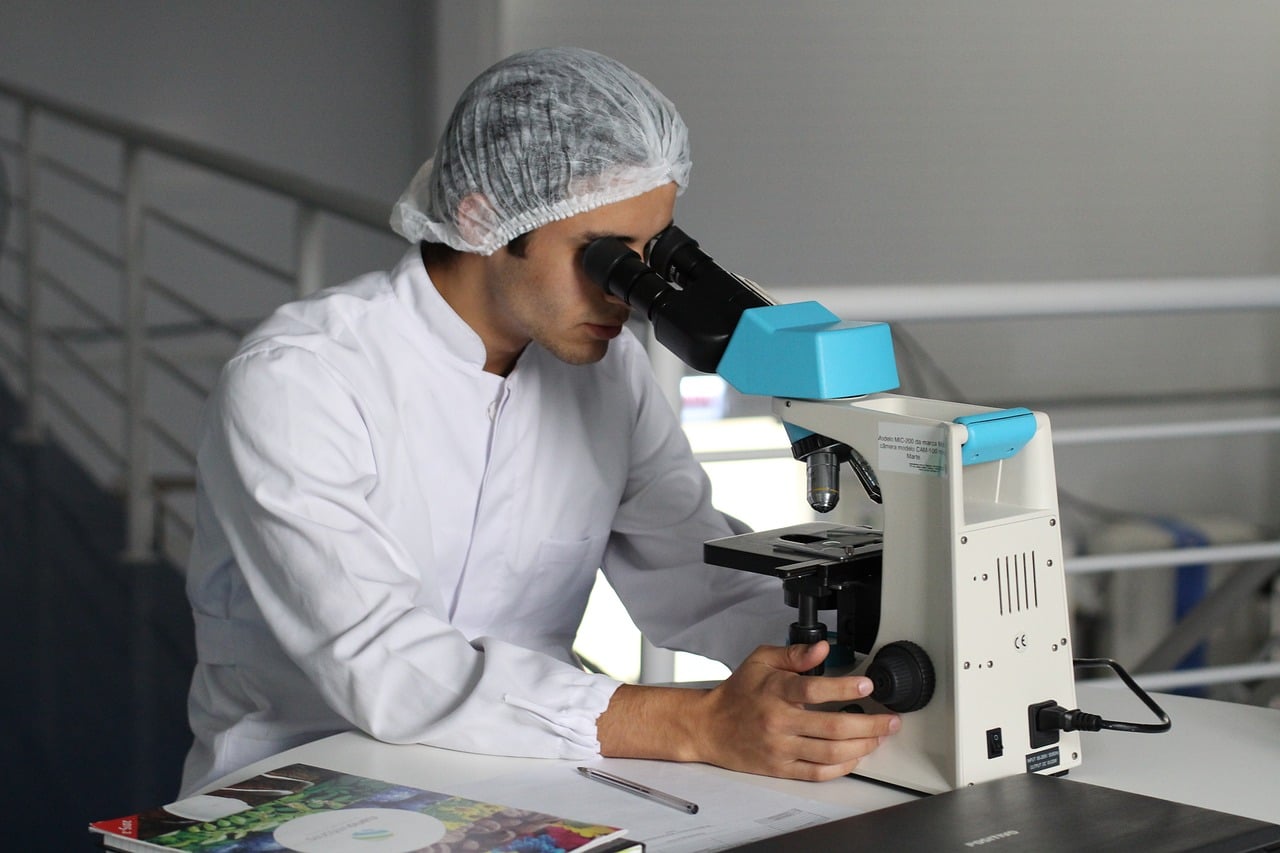Author: Marc Lichtenfeld, Chief Income Strategist, The Oxford Club
My mother was six years old, covered in a red rash, flushed and burning up with a 105-degree temperature. She could barely swallow her own saliva. My great uncle, who was the family doctor, gave my grandparents the news – she had Scarlet Fever.
In the 1940s, Scarlet Fever diagnosis was like a gut punch to a parent. Historically, roughly one in five children died from the infection, which is related to strep throat.
I can only imagine the relief felt by my grandparents when my great uncle gave my mom newly available penicillin. Like millions of other people with various infections, the antibiotic saved my mother’s life.
Today, thanks to penicillin, Scarlet Fever is easily controlled.
For years at the J.P. Morgan Healthcare Conference, I would listen to CEOs talk about amazing new medicines that had the potential to cure all kinds of terrible diseases. The drugs were advancing through clinical trials and the data was promising. But they were not yet approved, and many patients remained untreated.
That is changing.
Today, one area of medicine is altering healthcare in ways that are hard to comprehend. Horrible diseases are now cured with a single shot… Not treated, not managed, not symptoms relieved – cured.
Not only will this benefit patients and increase life spans, it will save America’s healthcare system billions of dollars a year.
Gene therapy is the replacement of a faulty or missing gene. These faulty or missing genes are responsible for roughly 5,000 diseases like cystic fibrosis, hemophilia, sickle cell disease and many others.
But some new gene therapies are helping patients and – in some cases curing them – after just one treatment.
The biggest news in gene therapy recently was the approval of Novartis’ therapy for spinal muscular atrophy (SMA), a rare muscle wasting disease. It is the leading genetic cause of infant death. Many children born with SMA need ventilators or tracheotomies to survive.
Novatis’ drug, Zolgensma, will cost $2.1 million for the single shot. It can be paid in installments over five years. That single shot cures SMA.
While pricey, what is the price of a child’s life worth?
If you don’t want to get existential about it, we can break down the numbers…
Spinraza, another gene therapy that treats SMA costs $750,000 for the first year’s treatment and $375,000 per year after that for the rest of their lives.
Prior to these gene therapies, the average annual healthcare costs for SMA patients with early diagnosis was $167,921.
So, you can see that while $2.1 million is a big number, it is more economical over the patient’s lifetime and will actually save the healthcare system money.
Assuming that a patient on Zolgensma incurs another $10,000 per year in healthcare costs, the breakeven point would be about 13 years. Over a patient’s lifetime, the drug is economical, especially when you consider that the patient can become a productive member of society.
Luxturna is another gene therapy with a sky-high price tag that is worth every penny to patients and their families. Used to treat retinal dystrophy, which causes blindness in children and teens, the one-time injection costs $850,000.
While that may not negate the tens of thousands of dollars incurred by patients and payers in annual costs of being blind, society will almost certainly retrieve the difference in increased wages, taxes paid and positive contributions. And that’s purely economics.
A healthier and wealthier future
A few months ago, I was in my car listening to former Speaker of the U.S. House of Representatives Newt Gingrich’s podcast Newt’s World. That week’s episode focused on gene therapy.
I had goose bumps listening to a teenage musician who was born with Leber Congential Amaurosis, which causes severe visual impairment, describe how he missed his cue at an outdoor performance because he saw the moon for the first time. Gene therapy had cured his blindness.
Since hearing his podcast, Newt and I have collaborated on an educational gene therapy project and will be hosting a webinar, to share insights for attendees to lead smarter, healthier and richer lives from an investment, healthcare and innovation standpoint.
There are many aspects of the healthcare system, particularly how it’s paid for, that are broken. Gene therapy, while upfront costs are expensive, actually will save the system thousands of dollars per patient and in some cases, millions. Not to mention there is a notable investment opportunity for early investors with the potential to earn exponential gains.
And, if it were your kid who needed these drugs, it wouldn’t matter to you what it cost…
I know my grandparents would have paid anything for the drug that saved my mother’s life.





